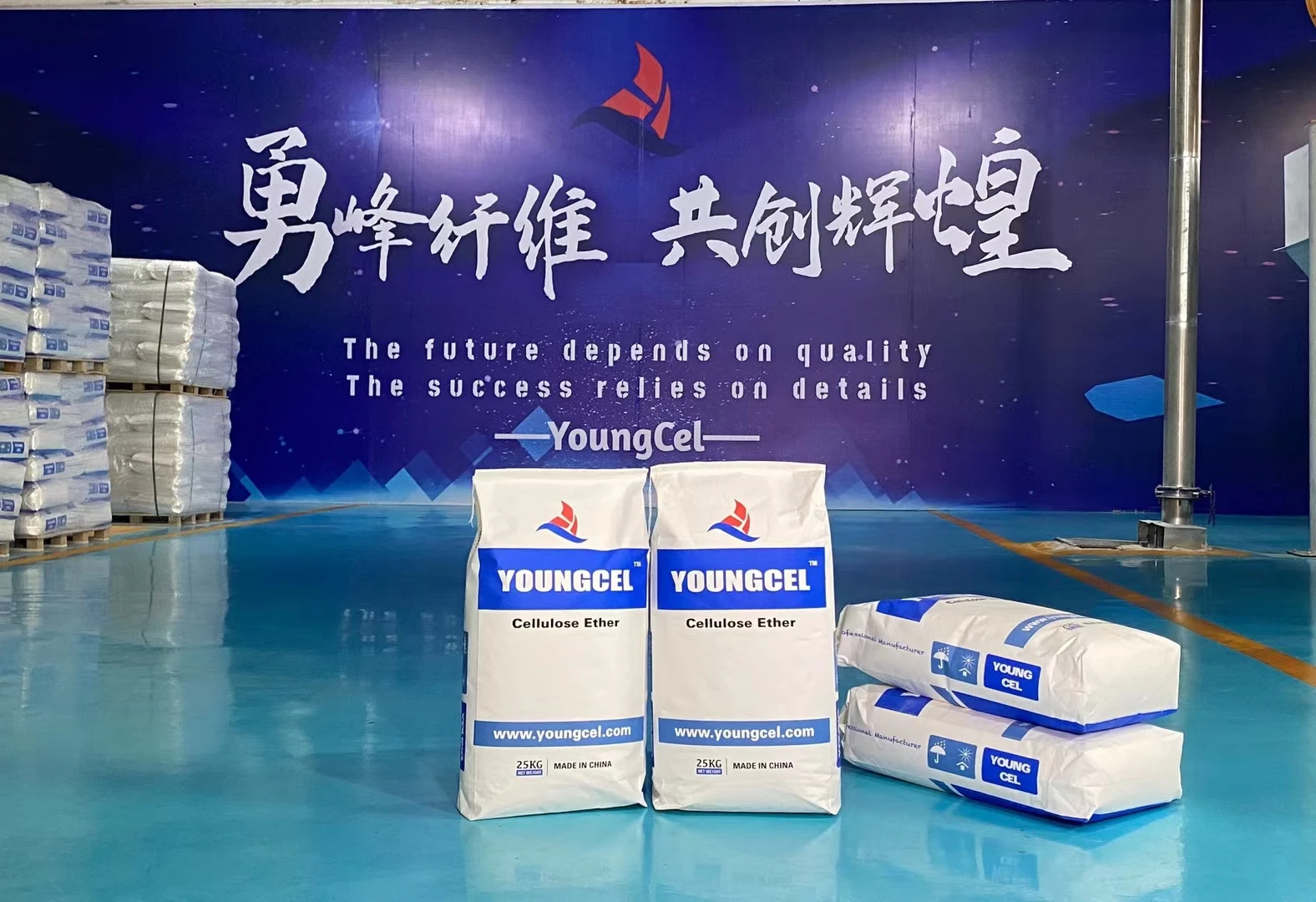The Price Trends of Cellulose Ethers An In-Depth Analysis
Cellulose ethers, a group of synthetic polymers derived from cellulose, have seen increasing demand across various industries including pharmaceuticals, construction, food, and cosmetics. Their versatile properties, such as thickening, binding, and stabilizing, have made them vital components in many formulations. Understanding the price trends of cellulose ethers is crucial for manufacturers and consumers alike as they navigate the complexities of the market.
Understanding Cellulose Ethers
Cellulose ethers are produced by treating cellulose, a natural polymer found in plant cell walls, with alkali and then reacting it with etherifying agents. The most common cellulose ethers include hydroxypropyl methylcellulose (HPMC), hydroxyethyl cellulose (HEC), and carboxymethyl cellulose (CMC). Each type has specific applications for instance, HPMC is widely used in construction materials for its water-retaining properties, while CMC finds use as a thickener in food products.
Factors Influencing Prices
1. Raw Material Costs The primary raw material for cellulose ethers is cellulose, which is sourced from wood pulp or cotton. Fluctuations in the price of these raw materials directly influence the cost of producing cellulose ethers. For example, recent surges in global wood prices have contributed to increased manufacturing costs.
2. Energy Prices The production of cellulose ethers requires substantial energy consumption. As energy prices fluctuate due to geopolitical tensions or natural disasters, manufacturers may pass these costs onto consumers, affecting the overall pricing of cellulose ethers.
3. Supply Chain Disruptions The COVID-19 pandemic severely disrupted global supply chains, affecting the availability of raw materials and transportation. Such disruptions have led to unpredictability in both the timing and cost of cellulose ethers, prompting prices to rise as producers struggle to meet demand.
4. Market Demand The demand for natural and effective additives is growing, particularly in the health and wellness sector. With more consumers seeking eco-friendly products, the demand for cellulose ethers is soaring, directly impacting price trends. For instance, HPMC is increasingly favored in dietary supplements and pharmaceuticals due to its non-toxic nature and performance effectiveness.
cellulose ether price

Price Trends
Over the past few years, the price of cellulose ethers has generally been on the rise. From 2021 to 2023, various reports have indicated an annual increase in prices, primarily driven by the factors mentioned above. On average, prices have surged approximately 10-15% annually depending on the specific type of cellulose ether.
In 2023, HPMC prices ranged between $2,500 to $3,000 per ton, reflecting a robust demand coupled with supply chain challenges. Similarly, CMC prices have shown a price range of $1,500 to $2,000 per ton, which has had downstream effects on products employing these additives. The trend appears to indicate not just inflationary pressures but also a shift towards sustainability, as consumers gravitate towards products based on cellulose ethers.
Future Outlook
Looking ahead, several trends are likely to shape the pricing landscape for cellulose ethers. Continued innovation and the introduction of bio-based alternatives may ease some of the cost pressures if manufacturers can scale production efficiently. Additionally, advancements in production technology could help lower energy consumption and raw material usage, potentially stabilizing prices.
However, the regulatory landscape surrounding environmental concerns means that manufacturers must adapt to stricter guidelines that may increase compliance costs. As the industry moves towards more sustainable practices, initial investments may affect price trends in the short term, although long-term benefits may stabilize costs.
Conclusion
The pricing of cellulose ethers is a complex interplay of raw material costs, market demand, and global economic conditions. Stakeholders in industries reliant on these compounds must remain vigilant regarding these trends, as fluctuations can significantly impact profitability and product formulation. As consumer preferences continue to shift towards sustainability, the cellulose ether market is poised for further changes, promising both challenges and opportunities in the years to come.
-
Rdp Powder: Key Considerations for Wholesalers in the Building Materials IndustryNewsJul.08,2025
-
Key Considerations for Wholesalers: Navigating the World of Hpmc - Based ProductsNewsJul.08,2025
-
Hpmc Detergent: Key Considerations for WholesalersNewsJul.08,2025
-
Key Considerations for Wholesalers: China Hpmc For Tile Adhesive, Coating Additives, Concrete Additives, and MoreNewsJul.08,2025
-
Crucial Considerations for Wholesalers: Navigating the World of Construction MaterialsNewsJul.08,2025
-
Key Considerations for Wholesalers Sourcing Additive For Cement, Additive For Concrete, Additive For Putty from Additive Manufacturer Shijiazhuang Gaocheng District Yongfeng Cellulose Co., Ltd.NewsJul.08,2025




